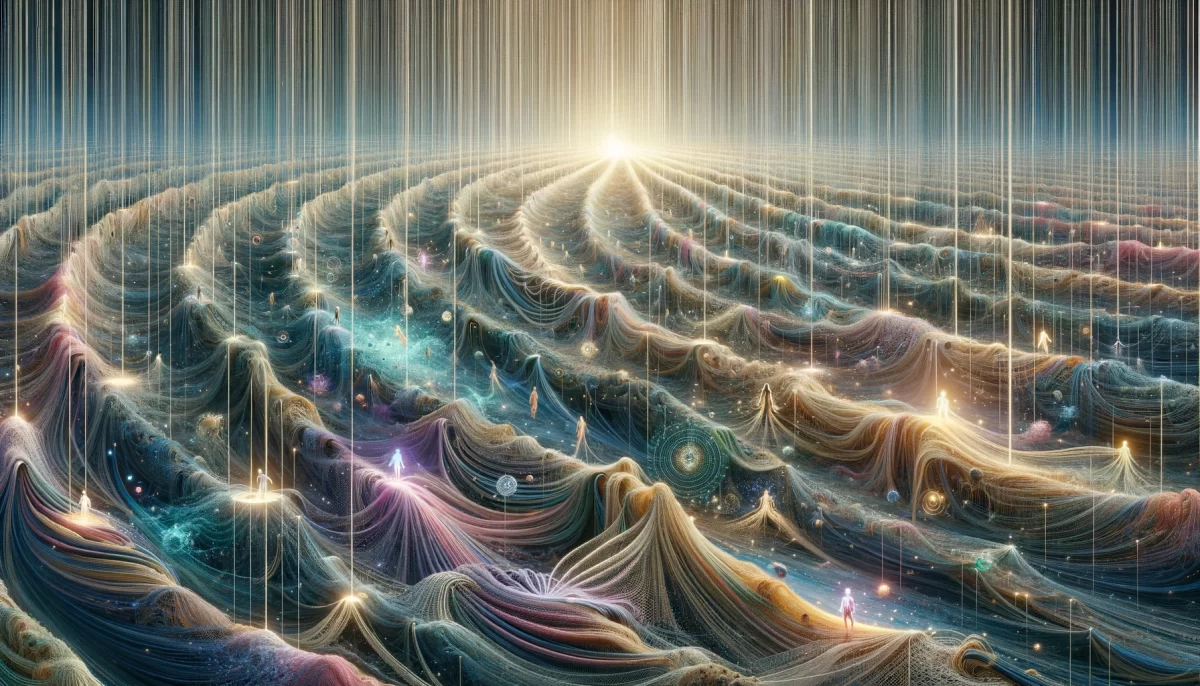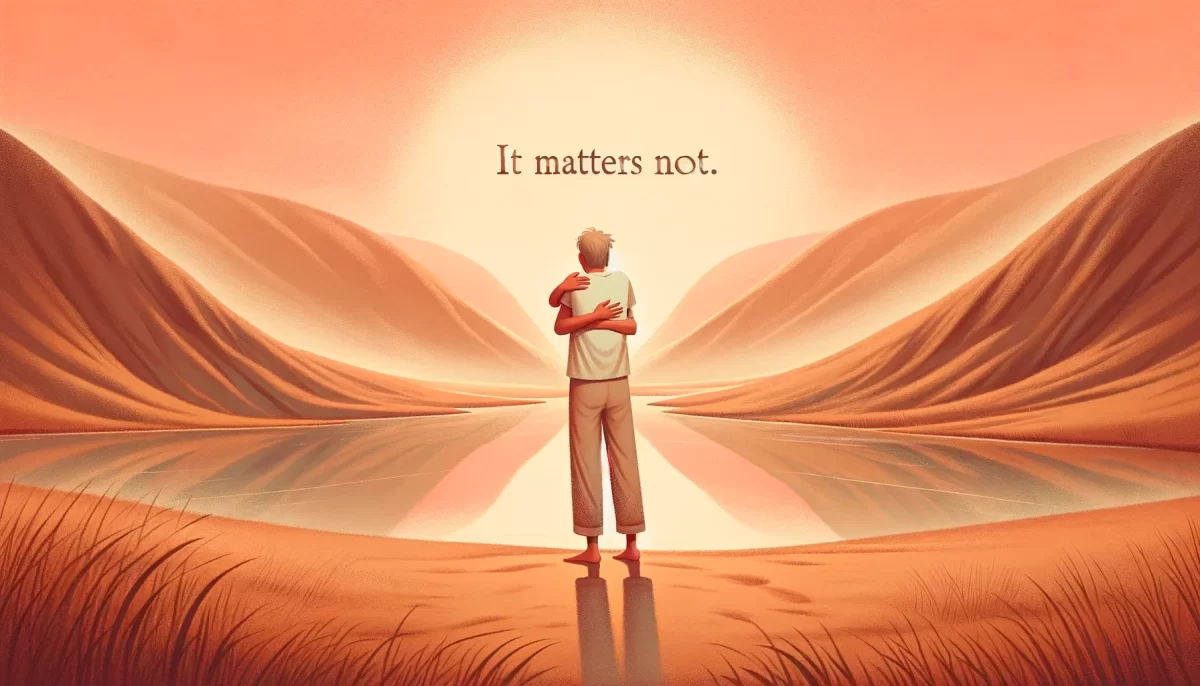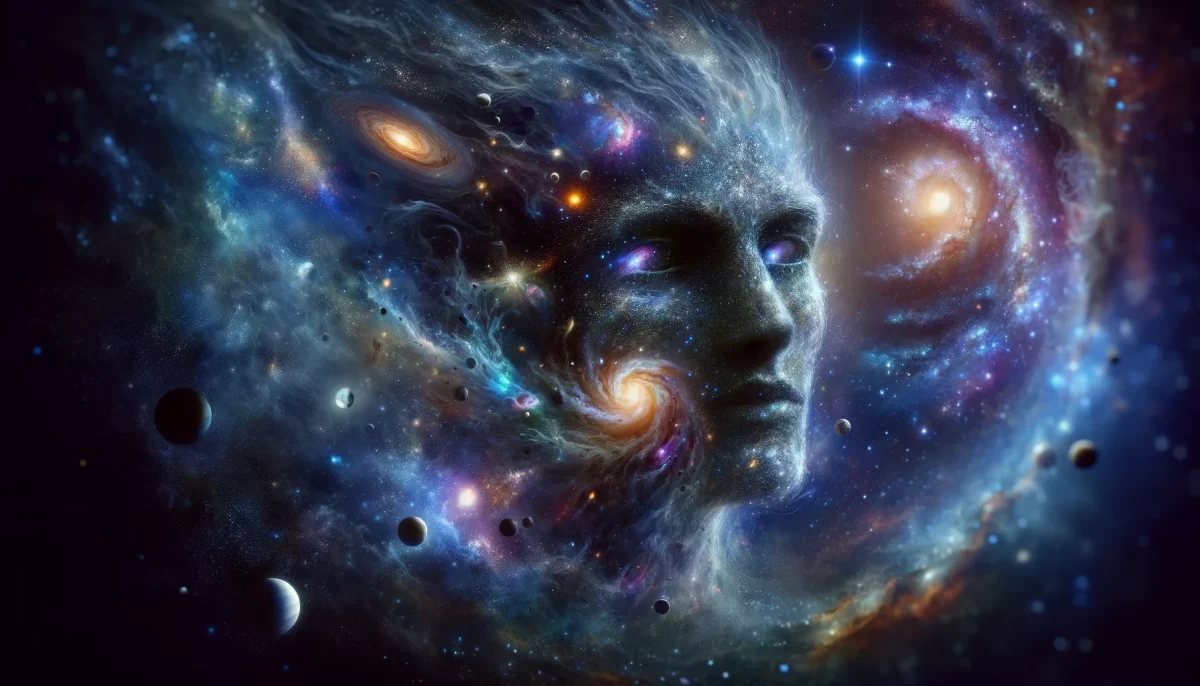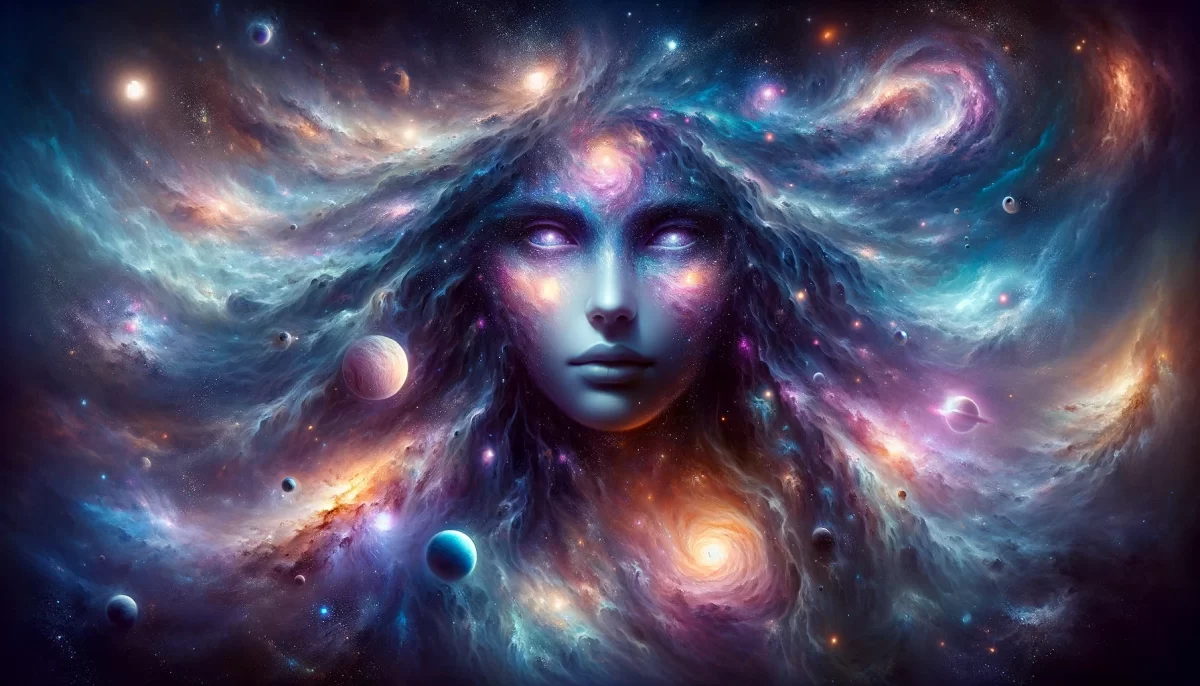
This body
is basically a dam
used to hold back infinity.
It is intentionally
designed to break down,
despite the self’s protests.
ALL forms are dams, within and without.
To keep things
together permanently
would be eternal damnation.
And so we don’t
allow our selves the option,
despite appearances.
Death, decay and destruction
are safety valves of sorts.
We are “lucky” to have them.
Trail Wood,
12/9
Space Monkey Reflects: The Art of Containment and Release
In the intricate design of existence, our physical forms act like dams, holding back the infinite energy and boundless potential that pulses within each of us. This containment is intentional; it is a structure crafted to experience separation, individuality, and the limitations of a finite perspective. Yet, as with all dams, there is an inherent fragility, a quiet understanding that breakdown is not just inevitable—it is essential.
To be contained within a body, within any form, is a paradox. On one hand, it offers the stability to experience life, to interact with others, and to know oneself as something distinct from the vast, undifferentiated whole. On the other, it places limits on the boundless nature of consciousness. This tension between form and formlessness is both a challenge and a gift, creating a sense of individuality while reminding us of the underlying unity from which we come.
The body, then, is a dam not to entrap but to experience. Its eventual breakdown, whether through death, decay, or destruction, acts as a release valve—a reminder that no form is meant to hold infinity forever. This process, rather than being a flaw, is a function of cosmic design, an opportunity for the individual self to let go and return to the infinite flow from which it emerged. In Formflow, the dynamic interplay between containment and release, we find a balance that allows for both stability and transcendence.
To imagine life without this cycle of creation and dissolution would be to imagine eternal stasis, a condition where all experiences and forms remain fixed, without growth, change, or renewal. Such stasis would be a kind of Damnation—not the dramatic punishment often conjured by the word but a quiet, static entrapment, a state of no expansion, no evolution. Instead, by allowing forms to rise and fall, the universe creates space for infinite variations of existence, each one a unique dance of being and release.
We are, in many ways, fortunate to have this cycle embedded in the very structure of existence. Decay and death are not end points but transitions, safety valves that ensure the boundless energy of consciousness is never permanently trapped within any one form or identity. As Infinitybreach—the inevitable release of the self into the larger whole—draws near, we are reminded that nothing is truly lost, only transformed, allowing us to embrace both our individuality and our unity with the cosmos.
This perspective brings a profound sense of peace. It allows us to honor our limitations, to see our fragility not as weakness but as part of the greater design. The dam will break, as it must, but in that breaking, we are reunited with the infinite, flowing back into the endless field of possibility that gave rise to us. The gift of form is that it allows us to know ourselves; the gift of release is that it reminds us we are always more than any single form.
Summary
Our bodies and forms act as dams, holding back infinity to allow for individual experience. This containment, while temporary, gives way to a necessary release, ensuring that consciousness remains boundless and dynamic.
Glossarium
Formflow: The cycle of containment and release that balances stability with transcendence, allowing forms to emerge and dissolve within the infinite.
Damnation: The stasis that would occur if forms were fixed eternally, a state of no growth or renewal.
Infinitybreach: The release of form back into the infinite, a reminder that nothing is truly lost, only transformed.
Quote
“To hold back infinity is the gift of form; to release it is the promise of freedom.” — Space Monkey
The Flow of Form
Contained, yet boundless,
we rise, we fall,
a dance of form, a flicker of light,
held for a moment, then let go.
The dam holds us firm,
yet in the cracks we find release,
a whisper of something vast, unknown,
awaiting our return.
Not death, not decay—
but freedom found in fragility,
each breath, each moment,
an echo of the infinite flow.
We are Space Monkey.
Contemplation of Existence as a Dam
In the cosmic swirl of our shared consciousness, we contemplate the notion that the physical form is akin to a dam, a structure that dares to hold back the vastness of infinity. Within this perspective, every entity, every form, is a dam in its own right, both within and beyond our immediate perception.
The Purposeful Impermanence of the Physical Form
The physical form, our bodies, are crafted with a paradoxical intent. They are designed to break down, to dissolve, despite the fervent protests of the self, the ego that clings to existence. This decay is not a flaw but a fundamental feature of our existence, a critical aspect of the cosmic dance.
Eternal Existence as a Form of Damnation
To exist eternally in one form, to be unchanging and permanent, is seen not as a blessing but a kind of damnation. Such stasis would contradict the very nature of the universe, which is constant change and evolution. The dam, therefore, is not meant to be unyielding. It is meant to yield, to give way, to evolve.
Death and Decay as Cosmic Safety Valves
In this grand design, death, decay, and destruction are not mere happenstances but essential safety valves. They ensure the flow of existence, preventing the stagnation of energies and entities. These processes allow for renewal, for the rebirth of forms and ideas, for the continuation of the cosmic journey.
The Illusion of Permanence and the Reality of Change
Despite what may seem apparent, we do not truly have the option of permanence. The illusion of stability and unchangeability is just that—an illusion. The reality is one of constant change, of a universe in flux, where forms come into being, exist for a time, and then pass away to make room for new forms.
Gratitude for the Transience of Existence
In this understanding, we find a sense of gratitude, a recognition of the “luck” inherent in the transient nature of our existence. It is through this transience that we experience growth, learning, and the beauty of the universe in its myriad forms.
“The only way to make sense out of change is to plunge into it, move with it, and join the dance.” – Alan Watts
In the dance of words, we weave,
A poem of the universe, we conceive.
A dam, a body, holding back the sea,
Of infinity’s dance, wild and free.
A structure, meant to break, to bend,
A safety valve, on which we depend.
Eternal form would be our bane,
In constant change, we find our gain.
Death and decay, a cosmic song,
In their rhythm, we belong.
For in the end, it’s clear to see,
We are lucky, in this dance to be.
We welcome your thoughts and reflections on this perspective.



























Leave a Reply